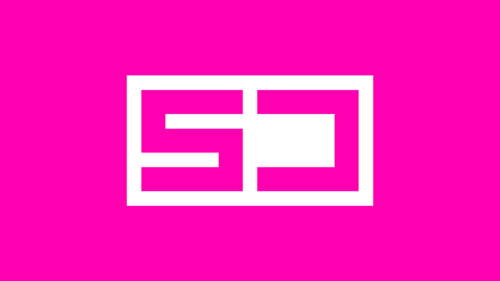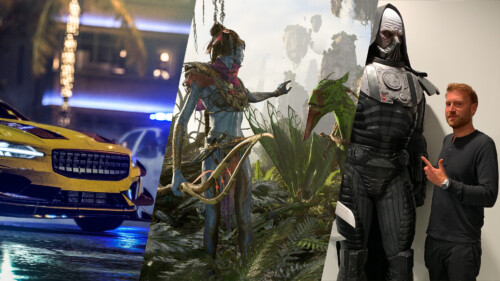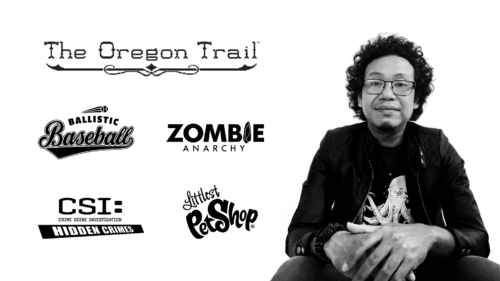Interview with Jared Adkins
UI/UX Lead at Psyonix
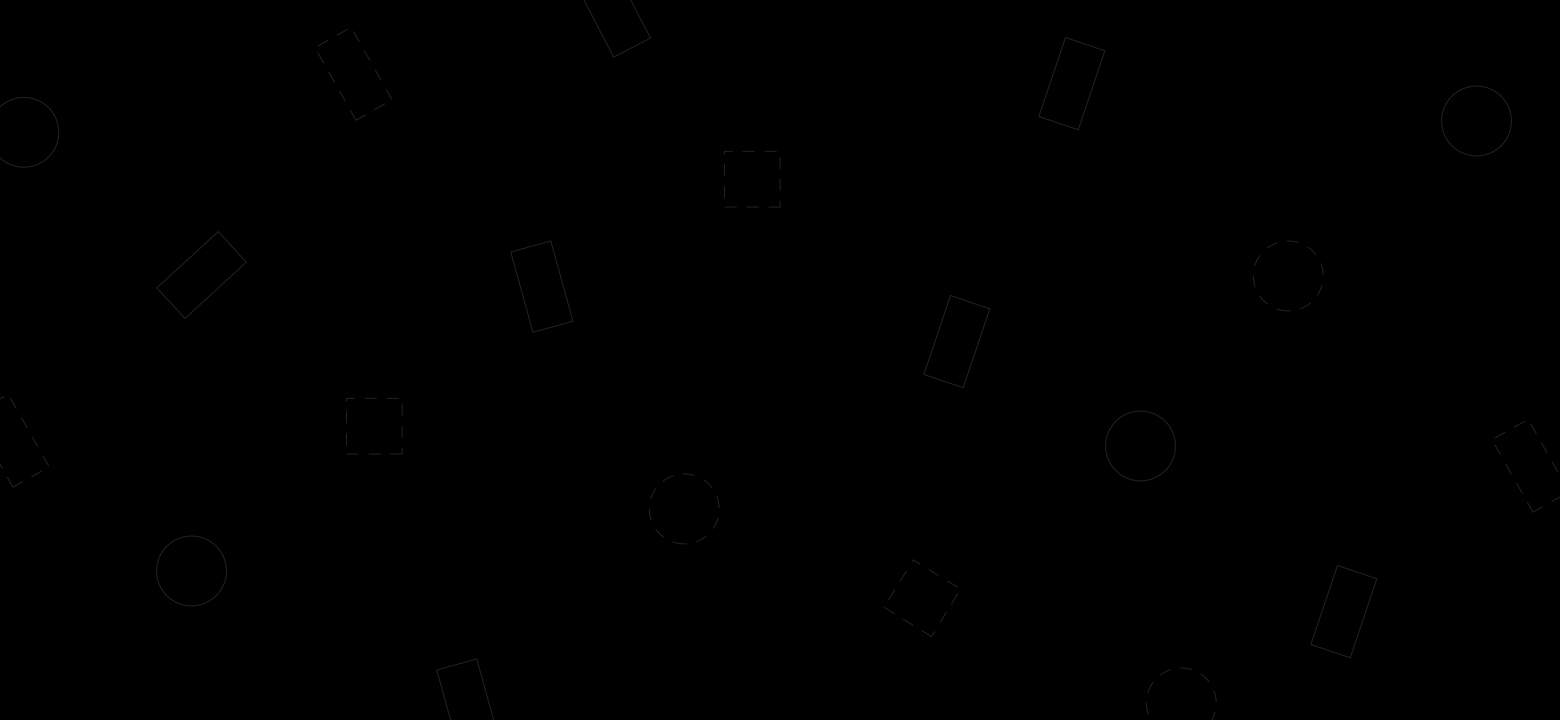

Hello! My name is Jared Adkins and I’ve been crafting game interfaces for various studios in the San Diego area since 2006. I started my career as a graphic designer, but I’ve evolved into somewhat of a generalist, having done UI art, design, programming, and everything in between throughout my time in the game industry. I am currently a UI / UX Lead at Psyonix, where I’ve been working on Rocket League since joining the company in 2014.
How did you start in the industry?
I grew up in the university town of Gainesville, Florida in the 90s during the golden age of PC gaming. My dad did a lot with computers for his work, so we always had them in the house. I would scope out games to buy from the latest issue of PC Gamer and save up all my allowance to blow on games. Commander Keen was one of the earliest games I remember playing and I also have vivid memories of watching my parents play Myst together. By my early teens I was playing everything from id and Epic shareware games, to LucasArts’ adventure games, to all the early Blizzard titles (The Lost Vikings, Warcraft, Starcraft, Diablo).

A few of my favorite childhood games. They used to come in boxes!
When I was 12 years old, I played a demo for one game in particular that absolutely changed my life. It was Thief: The Dark Project and I found it on an Eidos demo disc that came bundled with Final Fantasy 7 for PC. It was a watershed moment for me. The graphics, physics, sound/light mechanics, story, and atmosphere were so immersive that I knew I had to learn more about how games like this were made. I downloaded DromEd, the level editor for Thief, and started building my own levels.

One of the few unfinished fan missions I made in my early teens. Just kidding, I didn’t finish any of them…
I joined TTLG, Looking Glass Studios’ online community and IRC server, and started socializing with other people that made fan missions for Thief and System Shock 2. I found other online communities and started playing multiplayer shooters as well, first with Unreal Tournament and then with Quake 3 Arena. I also got way into Tribes 2 and played competitively for a year or so.
At the same time all this was happening, my dad gave me a copy of Jasc Paint Shop Pro and I started playing around with graphic design. I made logos and websites for my online clanmates and friends, and eventually I was making skins for player models in Tribes 2. I was also reskinning Winamp, my mIRC client, working on game mods, and customizing any app I could. I even managed to get published in the April 2002 issue of PC Gamer for a really stupid Tribes 2 skin I made featuring their mascot, Coconut Monkey.
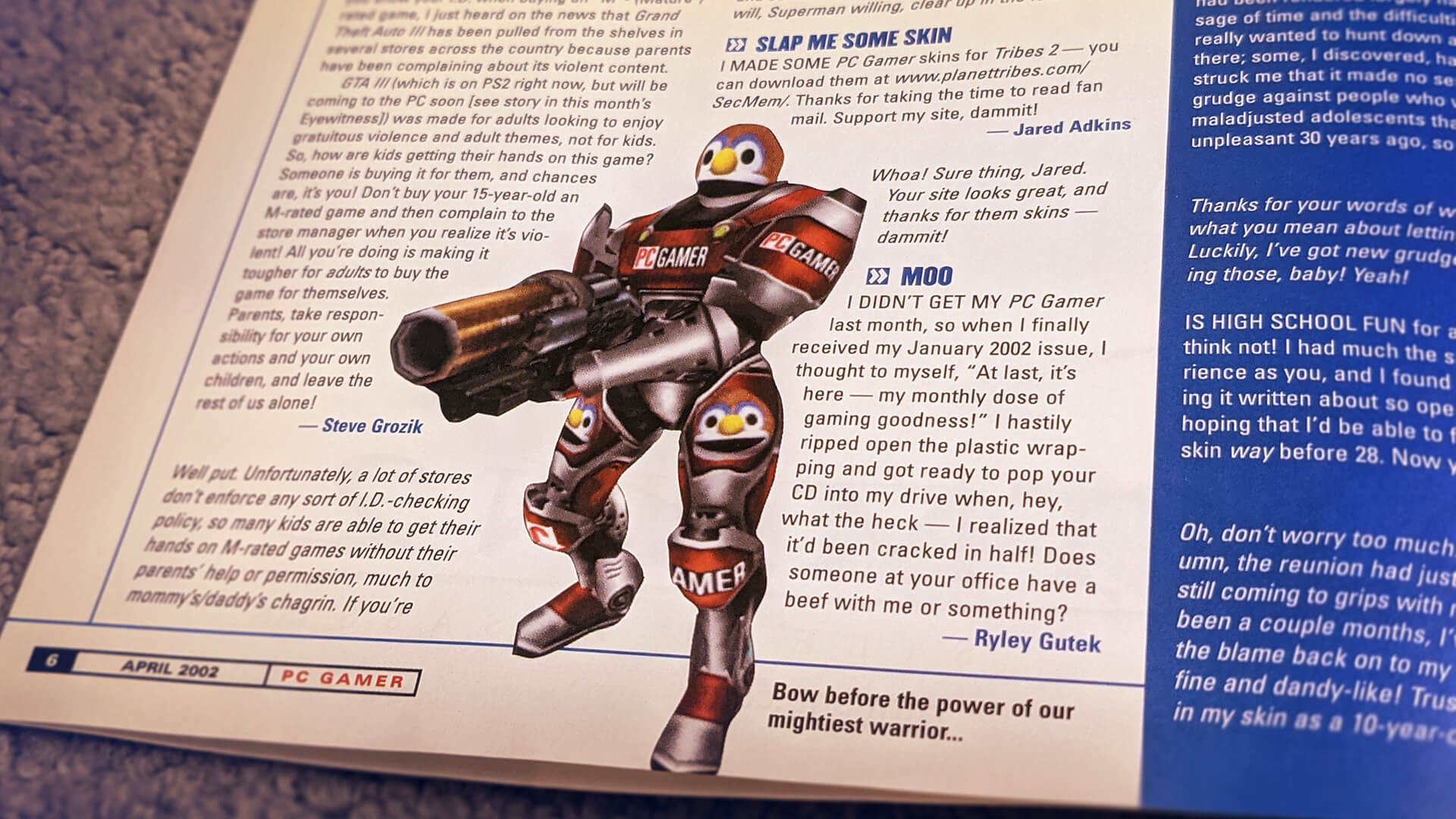
Look at this monstrosity. Lucky for me you can’t download them anymore…I don’t think?
After graduating high school, I attended Full Sail University from 2004-2006. I really loved horror movies and creature films, so initially I wanted to learn how to make creepy environments and characters. Five months into the Character Animation program, I decided it was just too far outside my comfort zone skill-wise, so I switched to Digital Media and absolutely thrived in that. I got exposure to motion graphics, video production, 3D modeling, game design, advertising, print, web design, and a whole spectrum of related fields opened up to me.
In the end, however, it just had to be games. When I graduated in 2006, I took stock of my abilities, decided that User Interface Artist was what I was most aligned for, and started applying to game companies. I was lucky enough to score two on-site interviews; one with the former Pandemic Studios, the other with High Moon Studios. Pandemic turned me down due to lack of experience, but High Moon ended up offering me the job as their first and only UI Artist, which in hindsight was pretty extraordinary and a huge risk on their part considering I was straight out of college.
What are your responsibilities at Psyonix?
Prior to Rocket League’s launch (2014-2015), I designed and implemented most of the UI and branding for the game. We were a small team in those days, so I wore quite a few hats. A few months prior to release, I hired a UI Programmer to help me finish out the remaining UI work. She and I had previously worked together on the UI for Planetside 2 at SOE (2011-2013), so I knew what she was capable of. We honestly would’ve been in pretty rough shape trying to ship Rocket League on PC and PS4 simultaneously if it weren’t for her!

Some of the UI elements and brand assets I designed for Rocket League.
After launch, creating marketing assets for our first few DLC packs became a full-time job in and of itself, so we hired another graphic designer and our marketing team began growing from there, allowing me to refocus on UI. We expanded the UI team slowly over the next few years, eventually hiring two more programmers and four artists to keep up with the increased demand for new features, most of which involved a lot of interface work. As we grew, my day-to-day shifted more to scheduling, planning, and coordinating the team.
I hadn’t really set out to be a team lead, but I wanted to do well by everyone I had hired, so I talked a lot with my fellow leads (whose teams were also growing with the success of the game), took management training classes, and read a few books on leadership (“Drive” by Daniel Pink and “7 Habits of Highly Effective People” by Stephen Covey are some of my favorites). Besides managing the UI team, I was also coordinating interviews and team building activities to keep morale up. Don’t get me wrong, Rocket League is an amazing game to be a part of, but 6+ years on any project can start to drag, so it’s important to find ways to keep things fresh and provide opportunities for the team to unwind together.
I feel like I’ve grown a lot during these past few years as a lead, but I will admit that I have missed being more hands-on, especially keeping up to date with new tools, technologies, and workflows. I also feel like I haven’t been able to dedicate as much time as I have wanted towards mentoring my teammates, which is something I would like to be able to do more of. As a result, we hired another lead in the latter half of 2019 to help manage the growing team while I function in more of a principal capacity, providing guidance, mentorship, oversight, and filling in with hands-on work as needed throughout all steps in the UI process. Who knows what we can accomplish together next, but that at least is where I’m at now!
What is the favorite part of your job and what is the hardest part of your job?
I really enjoy designing heads-up displays and anything that is proximal to gameplay. Because I like playing games more than menus! It’s also where I often find more creative design and optimization challenges and where I get to collaborate most with the entire development team, working together to craft a rich play experience.
Transformers: Fall of Cybertron gameplay featuring some of the UI elements I concepted and implemented.
I also love the psychology involved in designing a user experience that’s fun and rewarding to engage with, both during gameplay and when traversing menus. And whether it’s building something flashy on an animated timeline, creating a custom font, employing gestalt principles to design a compelling interface in Photoshop, or architecting and implementing a widget framework in AS3 or C++, there’s never a shortage of exciting problems to solve and processes to improve. Game development is all about pushing the limits of technology in interactive entertainment and UI is a wonderful microcosm to explore within that process.
The hardest part for me is scalability. I’ve spent most of my career as a scrappy solo player and while I still enjoy working on small, agile, hyper-focused teams best, it can be quite a lonely life for a UI specialist. On the other hand, large-scale projects are really hard to orchestrate and good UI people are notoriously hard to find. I’ve learned much from building and managing a team to do bigger and bolder things. It’s been truly rewarding watching and helping my teammates grow and problem solve together despite the challenges we’ve faced.
Where do you get your motivation and inspiration?
I have long been a gamer at heart, so that still fuels much of my motivation to continue making games, but I’m also very keen to tinker, learn, and innovate with all forms of technology. UI in particular continues to be an area of fascination for me because I get to learn about the psychology of human computer interaction, within which there are constantly new discoveries being made. Every feature of every project is a chance to improve and try something new.

Rocket League’s boost meter was loosely inspired by Lamborghini’s segmented dashboard speedometer and I created a custom font for the number readouts.
I take inspiration from everywhere – film, games, music, books, pop culture – but also from my peers. It’s important to stay humble and recognize that even though you may think you’ve mastered your craft, there is always room to grow and do better. And those insightful moments don’t always come from the people with the most experience! I have probably learned more new tools and methods from interns and juniors just starting out than I have from seasoned veterans with ingrained habits. Collaborating with people from all different demographics, perspectives, skill levels, and backgrounds will constantly get you to question your approach, and that’s a beautiful thing!
What does the workflow look like for a UI / UX Lead in a large studio?
When the UI team began growing at Psyonix and I fell into a leadership role, my day-to-day was more about assisting the team with direction, planning, high-level estimation, and coordinating with other departments. Now that I’ve been shifting to more of a principal role, I’m able to be more directly involved with helping the team problem solve, exploring how we can improve our design-to-art-to-implementation pipeline and team training/mentorship. Our patch cycle is roughly as follows: Pre-Production > Production > Release Prep > Launch > Hot Fix. Our production team maintains a high level roadmap of features mostly seeded by project stakeholders; the game director, design leads, and/or marketing usually, but feature requests can come from anywhere.
Pre-Production
During the pre-production phase of any patch cycle, the leads begin by taking a look at all features planned that require support from their department. Usually there’s a design doc or written request outlining the goals and we will follow up with stakeholders if necessary to ensure we understand the needs and expectations of each feature. Next we will do kickoff meetings with the artists, designers, and programmers that will be doing the work to get estimates and assist with breaking down tasks or clarifying any uncertainties they might have with the plan. If a feature seems too ambitious based on the work entailed to fit in the current patch, we will circle back with stakeholders to target a more appropriate update.
Production
Once we have a decent sense of the work involved, the team can begin working on features. Ideally the artists/designers will begin working ahead of the programmers that may be wrapping up bug fixes or hotfix support from the previous patch. That way screen layouts have been explored and solidified for new features by the time the programmers are available to implement them for the next patch. Things don’t always go that smoothly of course and often we’ll discover additional work or oversights that need resolving late in the process. Rarely is anything catastrophic and unsalvageable, but it wouldn’t be game development without a few surprises!
Release Prep
The team does playtests throughout production as features become testable, but this is the phase where QA really starts hammering on things. The main event that kicks off this phase in earnest is the creation of a branch or copy of the game directory that happens as soon as all patch features are in the game and playable/testable. This branch becomes the build/patch candidate that QA can test reliably without interference from unrelated check-ins to the main development directory. On the development side, we are generally wrapping up with visual polish and fixing bugs during this phase. Any approved fixes and polish are then merged to the branch for QA to verify. This keeps the patch candidate stable as we’re wrapping things up and allows other developers to begin working on features for the next patch in the main directory.
Launch
There’s actually a step between release prep and launch, and that’s certification. Sony, Microsoft, and Nintendo each have their own certification process where they also test your game for major issues, game-breaking crashes, and have a checklist of platform-specific requirements before they greenlight your patch for release. This is usually just a waiting period, but occasionally we’ll have an issue or two that we have to resolve, test, and resubmit. These are “Oh shit” / ”All hands on deck!” moments that can impact our release dates, so we try and avoid them as much as possible with our own thorough testing beforehand. Once we’re certified and ready to go on all platforms, we release the patch and wait for reactions!
Hot Fix
Yes, hot fixes are a part of the cycle. Despite all the testing and prep, there are unfortunately issues we won’t discover until the update goes live and players encounter them. We always keep our eyes and ears open on Reddit and Discord during launch day and the days following for player bug reports, so that we can put together a hot fix plan if necessary to resolve the most egregious issues players might be experiencing post-update. We may do more than one if there are issues that can’t be resolved within the same week, it just depends on the patch, but we do our best to resolve things as quickly as possible.
What do you do when you get stuck?
Stuck is just a state of mind! If you keep trying things and asking questions, you’ll never be stuck for long. Even if I can’t find an in-house expert to set me straight, I often find that talking things out with coworkers can help me come to my own realization of how to approach a problem from a different angle. And to be honest, sometimes you just need to take a break. Staring at the screen for hours upon hours when you’re stuck rarely leads to a solution and more often leads to burn out. Take a step back, do something else (even if it’s not “work”), and come back later with a fresh mind and new ideas.
I find exercise in particular can be really therapeutic in these moments. Sometimes I’ll go to the gym or take a walk or go for a run/hike/bike ride. Not only is it important for your physical well-being when you’re sitting all day, but getting exercise and fresh air is really great for your mental health as well; “working shit out” as my dad likes to describe it.
Design challenges are also a great way to push yourself out of a stuck mindset while picking up new skills or brushing the dust off of old ones. If you’re like me and you’ve been working on a project like Rocket League for so long, doing something on the side provides a creative outlet that can actually help revitalize your drive to excel at your main job. Just be careful you don’t overextend yourself as that can also lead to burn out!

I used the Vectober 2020 design challenge as an opportunity to brush up on iconography and graphic design.
Of all the projects you/your company have produced, which one are you the most proud of?
If I had to choose just one it’d probably be Rocket League. The game itself is so unique and quirky and has become wildly more popular than any other game I’ve worked on. And though I certainly love a fair amount of violence in the games I play, it’s actually really refreshing working on an esports game that isn’t a shooter that I can play with my kids. It’s been thrilling to witness the game team grow from a small indie size of less than 10 developers to an entire studio of over 170 people working solely on Rocket League. It’s been quite a ride to say the least!
Honestly though, I’m proud of all the projects I’ve worked on, and for wildly different reasons, so it wouldn’t feel right to leave it at just the car soccer game! In chronological order:
Robert Ludlum’s The Bourne Conspiracy
The Bourne Conspiracy’s UI was built entirely with Unreal Kismet and Materials. Over a decade later, I’m starting to make use of these early learnings once again with UMG, Blueprints, and Materials in Unreal Engine 4! I’m most proud of the animated gun/ammo displays in the HUD and the main menu logo animation, of which I also made 7 localized variations.
Main menu logo animation and gun/ammo HUD readout.
Transformers: War For Cybertron
This was my first project using Scaleform. It was a daunting learning curve, but my two UI teammates and I managed to crank out a pretty consistent and serviceable UI for both single and multiplayer.
Transformers: Fall of Cybertron
I was back to building UI on my own again with the second Transformers game. But with the Scaleform framework part solved, I was able to concentrate more on making cool art. Fall of Cybertron had one of the most graphically stylish and slick UIs I’ve ever contributed to. I still love the look and movement I was able to achieve with it at the time.

Some of the UI elements I designed for Transformers: Fall of Cybertron.
Planetside 2
Planetside 2’s interactive map screen was a major technical achievement for me, validating my ability to architect and implement complex, multi-layered, interactive displays. I felt like an actual programmer after this project while simultaneously feeling more terrible than ever about my code architecture for the Transformers games (Sorry, Carl!).
Planetside 2’s map screen, so far the most complex UI feature I’ve implemented.
Blunderbuss (Working Title)
Though it never shipped, the project I worked on for Molten Games (code-named “Blunderbuss”) came together extremely fast, with a fully skinned HUD implemented within my first two weeks on the project. It’s also the only title I’ve worked on that didn’t have a sci-fi aesthetic.
Blunderbuss main menu as it looked before the project was cancelled.
System Shock (Remake)
The System Shock Remake was a chance to revive a childhood favorite of mine and it was really an honor to design a modernized UI for it. I’m quite happy with how it turned out!

Photoshop mockup of the HUD I designed for Night Dive Studios’ System Shock Remake.
Do you want to highlight something from the project? any anecdotes/story behind?
The final logo design for Rocket League happened over a very short time. We had a previously designed logo during Alpha that the team was largely unhappy with (you can still find it online) and it wasn’t until we were preparing press materials and trailers to announce the Beta in late October 2014 that we decided to do something about it. With less than a week to get it done, I designed the logotype over a weekend and stole the Octane car line art from the Alpha logo to save time, but in the process failed to notice that it was missing a spoiler. We had purposely limited the team reviewing the redesign to maintain focus with the quick turnaround and nobody caught it. Only after the logo was approved and sent off to the press did we share it studio-wide. One of our concept artists immediately took notice and mentioned “Hey, you missed the spoiler…” It wasn’t until almost 4 years later that we incorporated the spoiler into the logo.

Let’s play Spot the Difference!
In addition, some of the accessibility features Rocket League had at launch were actually lucky accidents. For instance, we wanted customizable controls and our lead programmer figured the easiest way to do that would be to simply allow every action to be remapped to any keyboard, controller, or mouse button. Fast forward to release and players with limited mobility have been able to customize nearly all of the game’s controls to work with the Xbox Adaptive Controller, QuadStick, or any other controller to suit their needs. AbleGamers has also helped us discover and expose additional control bindings that support players of all levels of mobility. For a game as chaotic as Rocket League, it’s wonderful seeing it be enjoyed by players that maybe haven’t had as much luck in other fast-paced action games and shooters.
While it’s not perfect, Rocket League was also (accidentally) pretty friendly for players with color blindness. We chose orange and blue as team colors when we first implemented color customization for cars (it used to be red and blue during Alpha). We were convinced during early playtesting that in order to retain team recognition on cars, we had to limit palette choices for each team to a range of analogous colors around each team color. We settled on orange and blue for teams because they are diametrically opposed, which allowed players to choose from greens, blues, and purples for the blue team and yellows, oranges, and reds for the orange team. What we didn’t realize when making this decision is that orange and blue are also some of the most compatible colors for players with color blindness!
Do you have any advice you wish you’d received when getting started?
I feel grateful to be in UI because it’s always in high demand and I feel like I’ve never had trouble finding work. On the other hand, there’s so few people getting into it and sticking with it that it’s hard to find people to hire and work with! I wish there were more people out there evangelizing UI and UX for games, because it is a really exciting field and we need more people. I hope to continue to find and connect with more UI/UX professionals as well as students looking to enter the industry with a UI/UX focus. There’s still so much to learn and so much to share!
What’s your point of view on the future of gaming?
It’s hard to know for certain, but I see single and multiplayer games continuing to split further apart on their own trajectories. In the previous era of AAA games, dominated by single launch titles supplemented with DLC, the major publishers thought all games had to have both single player and multiplayer modes to be successful. However, I think we finally learned that method can really stifle innovation.
Multiplayer games tend to be where you see the most cash flow these days with the “games as a service” model (Rocket League, Fortnite, League of Legends, Valorant, Overwatch, PUBG), but there are still some very successful big budget single player games coming out (Cyberpunk, Spider-Man, Ghost of Tsushima, Final Fantasy VII Remake, Last of Us Part II, Red Dead Redemption 2, Assassin’s Creed Valhalla) as well as innovative indie titles (Fall Guys, Hades, Subnautica, Outer Wilds, Disco Elysium). Digital self-publishing and crowd-funding has also enabled many developers to take on more risks with new ideas than ever before, leading to a lot of fresh new game concepts and design paradigms. It’s an exciting time for developers and gamers alike as there’s really something out there for everyone.
I also think that being always online will become more and more accepted as a way to connect and engage in social experiences with friends outside of games (the metaverse Tim Sweeney keeps talking about). Friends will hang out in virtual spaces in between games, watching movies or concerts or just screwing around together. The fact that watching other people play games has become a social activity with content creators on YouTube and Twitch just further proves that all the possible meta experiences surrounding games will continue to permeate our lives in different ways. And as game-ready devices (PCs, consoles, mobile phones, tablets, VR headsets, etc…) continue to become more ubiquitous and interconnected cross-platform, so too will games and ways to engage with them.
The future is both terrifying and exciting. Ever-changing though it may be, I think that’s a reliable way to always describe the future.



